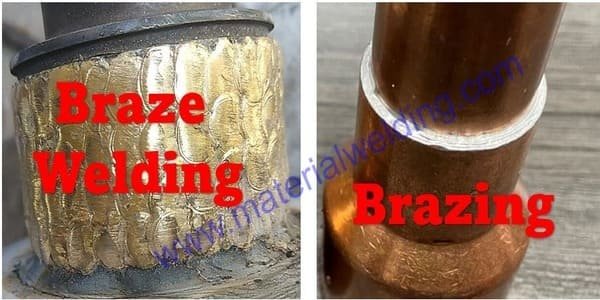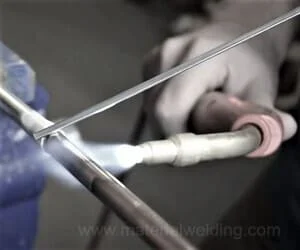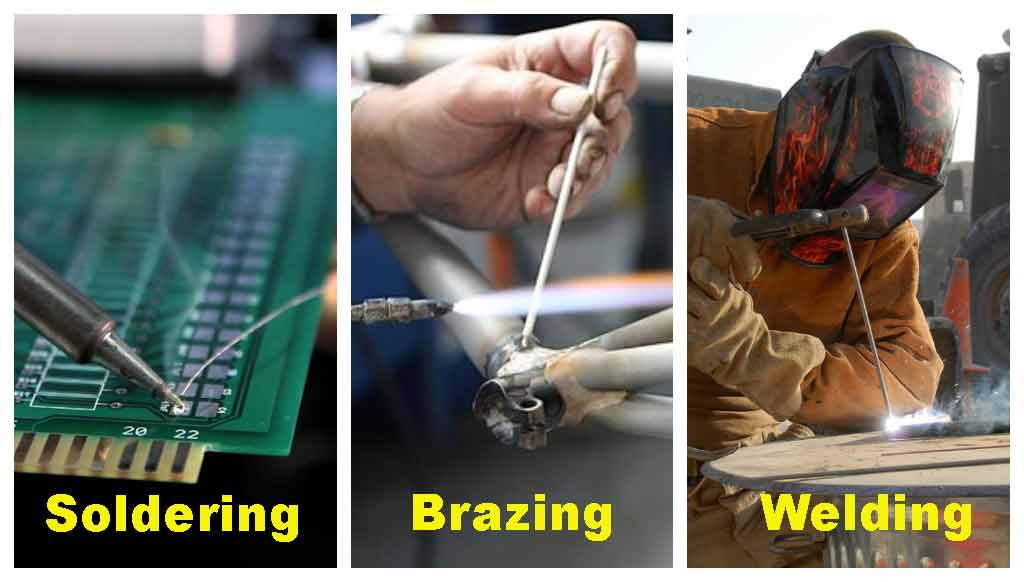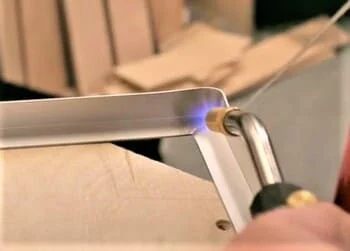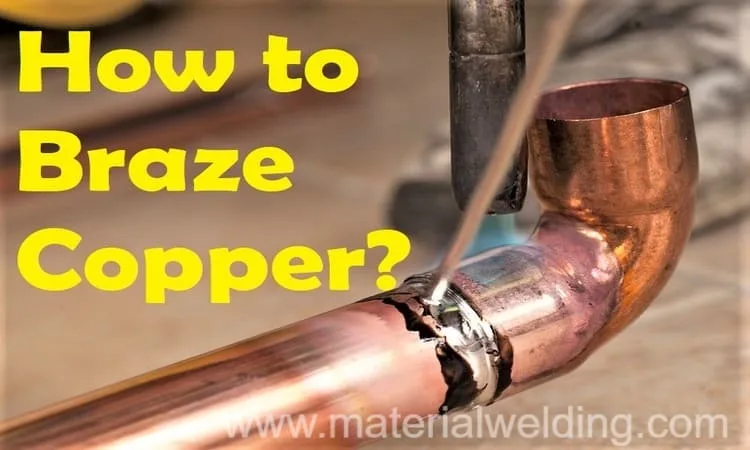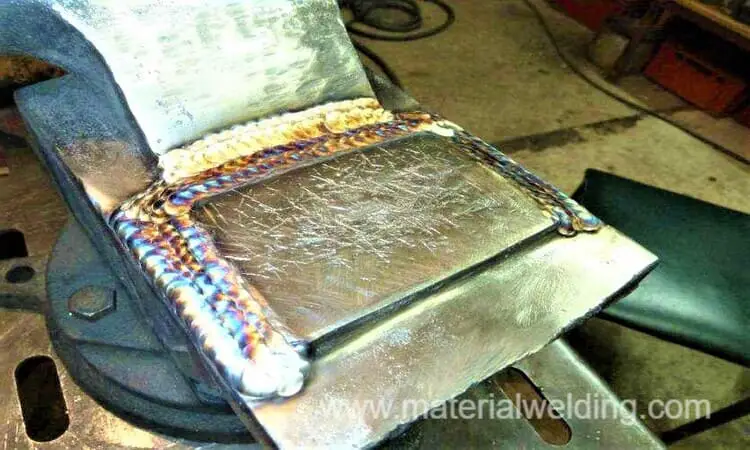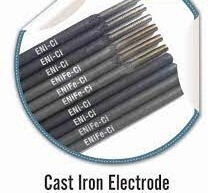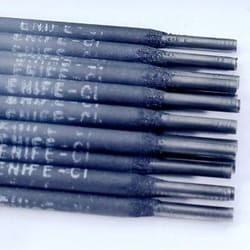Why brazing of cast iron is required?
Before we dig deeper into this post, we need to be clear about the difference between brazing and braze welding.
These both are different terms although used interchangeably in the industry. While brazing means joining two materials with a very small gap where filler metal fills the gap by capillary action.
While in Braze welding, two materials are joined similar to a welding joint but the base materials are not melted.
Braze welding takes place when the material is in red hot condition. Due to coarse grain microstructure, cast irons are brittle and hence very sensitive to cracking.
Due to this welding cast iron is a difficult task and requires careful and the right selection of filler wire, heat input, and welding bead placement techniques.
Click here to Get Guide on How to Weld various materials
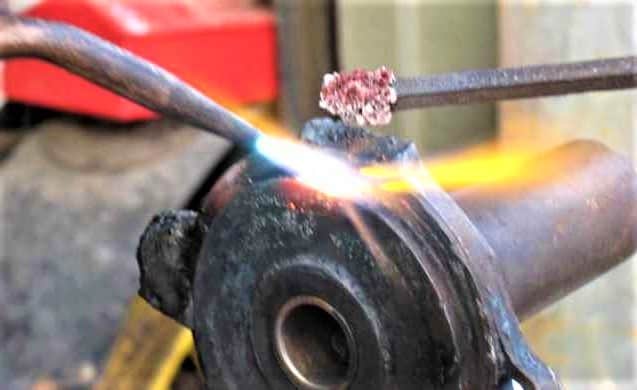
Steps of Cast Iron Brazing
Before you braze, it’s very important to clean the base metal for brazing. Any oil, grease dust shall be fully cleaned to avoid welding defects that can arise during brazing and thus avoid weld weakening.
Especially old cast iron, which is in-service can get easily contaminated with oil & grease for example pump parts. Before brazing, it is advised to clean the surface using solvent or cleaners.
Grey cast iron (GI), austenitic cast iron, and malleable cast iron can be braze welded easily. Out of these types, grey cast iron offers the highest braze joint strength, equal to a fusion welded joint.
Braze welding or brazing can be used for grey cast iron, malleable cast iron, and austenitic type cast iron welding & repair work.
- Preheat before brazing to have a good braze weld. Preheat to a dull red color is recommended.
- The brazing flame shall be neutral or slightly oxidizing with a medium or heavy-duty welding nozzle.
- Maintain the temperature throughout the welding. For big casting parts, use a furnace for uniform heating.
- Avoid direct air draft on the brazing parts during welding. as fast cooling can convert grey or malleable cast iron to white cast iron which is brittle and unweldable. This can result in cracking in the base material.
- Old cast iron, which is usually very difficult to weld shall be Braze welded. New cast iron can be easily welded with Ni-55 rods.
As mentioned earlier, use a slightly oxidizing flame with a welding nozzle that will consume an Acetylene (c2H2) gas flow of around 14 cubic feet/ hour. Notice the flame formation carefully.
A reducing flame is not recommended for braze welding. Use only reputed brand brazing flux such as Esab.
You can use Oxweld Brazo flux or Oxweld cast iron brazing flux. (Oxweld cast iron brazing flux cost more, but it is mixed with small particles of bronze ”spelter”. This helps to determine the correct temperature for the brazing.
Brazing filler wire for Cast Iron Welding
Braze welding consumable melting temperature is below the melting temperature of the cast iron. So, a lower preheat is good for brazing cast iron in the range of 330-410°C.
For brazing, cast iron use AWS RBCuZn-C (Low-Fuming Bronze) Types and AWS RBCuZn-D ( Nickel Silver).
